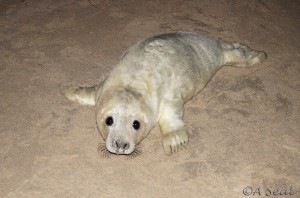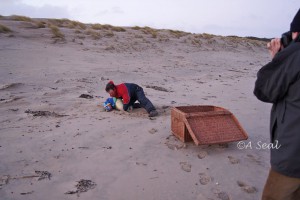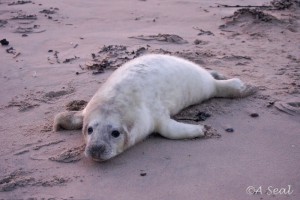Dangers to the seal
The living environment of the seal, which is the sea and beach, is shared by both animal and human. Therefore, there are quite a few challenges that are largely due to human actions. These often include the following:
- Pollution and destruction of the seal’s living environment
- Intensive use of the seal’s habitat (tourism, offshore wind farms, maritime traffic)
- Marine litter
- Entanglement in nets and plastic waste
- Unsustainable fishing and overfishing
- Human disturbance of the seal’s habitat
- Climate change (extreme weather conditions)
The above threats can contribute to weakening or illness in seals. Another consequence is that nursing pups become separated from their mothers.
Sometimes it may seem like a seal is in danger, especially when a seal is found on the beach. Seals, like dolphins and whales, are marine mammals, but unlike dolphins, seals can spend even a few days on land.
If you are unsure about the situation, you can make a report (call 144). Then, in consultation with A Seal, a decision will be made whether to keep the animal under observation or to bring it immediately to A Seal for care.
Fishing nets, plastic waste, and boats can make seals sick or cause them injuries. Additionally, disturbances can also put seals at risk. When seals are disturbed, they quickly become panicked and flee into the water. If disturbances occur while there are small pups on the sandbank, it can be dangerous. Due to panic, the mother seal rushes into the water, losing sight of her pup.
You can hear the pup crying; such a pup is also called a “weaner.” Without the care of its mother, it won’t survive. Usually, such orphaned pups wash up on a beach, exhausted and hungry. Fortunately, they are often found in time and brought to our seal sanctuary for care.



